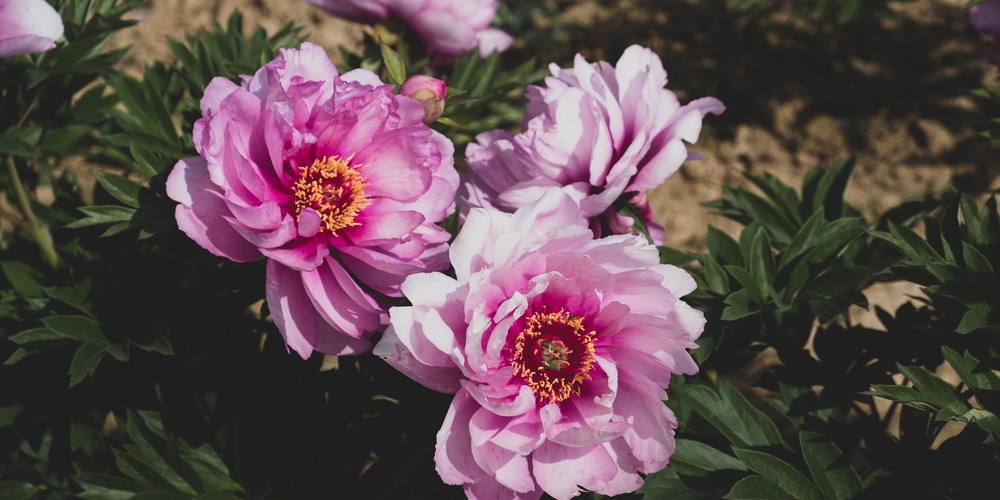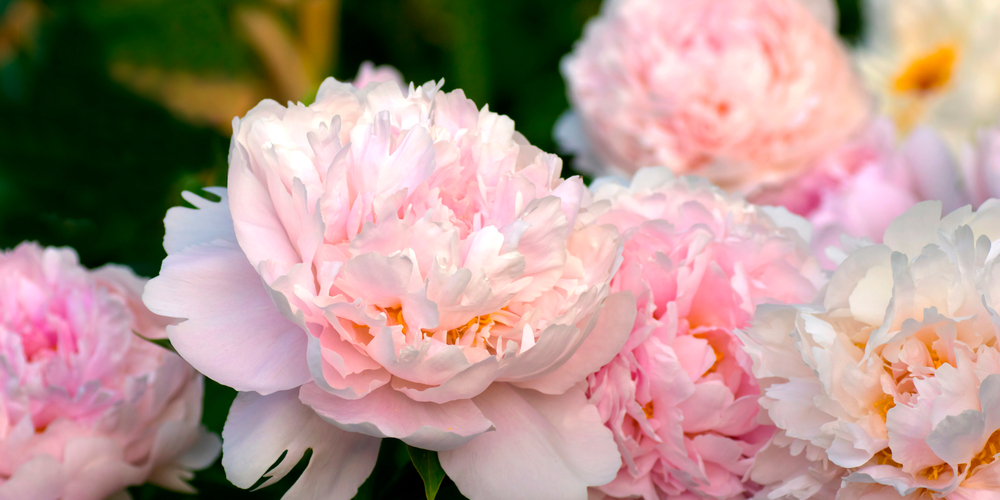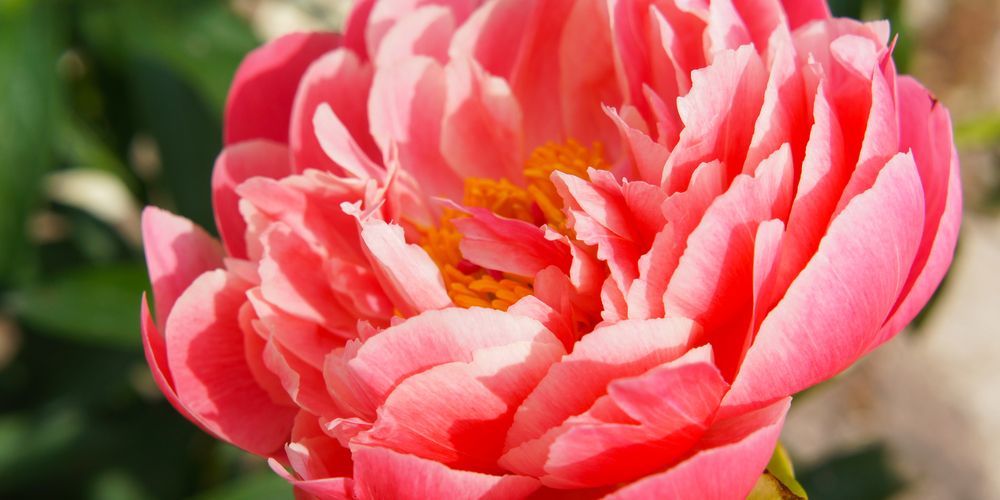Every gardener’s dream is to have beautiful flowers blooming all over their landscape over an extended time. One of the most sought-after flowers in any garden is the peony.
Peonies can simply fill an area with happiness, warmth, and love. Its big, voluptuous blooms come in an array of colors, from gentle pink to deep red. And they have a delightful fragrance that can make any garden smell like heaven.
Despite their popularity, peonies can be finicky flowers. They’re quite sensitive to the climate, and their blooming season is relatively short, usually lasting 10 days.
Does Peonies Bloom More than Once?
Despite their short-lived blooms, they can bloom the year after and even for several years after that with the right care. A single plant may produce multiple flowers, and the number of flowers may even increase as the plant matures.
Just like any plant, peonies need the right conditions to grow and bloom.
How to Extend Peonies Blooming Period
Even though peonies have a short blooming season, there are ways to extend it. Here are some tips on how you can get your peonies to bloom for a longer period:
Pruning
One way to extend the blooming season of your peonies is by pruning them correctly. You should trim off any dead or dying flowers as soon as you see them.
This will encourage the plant to produce more buds and flowers. One plant may bloom multiple flowers at once, and with proper pruning practices, you can have blooms lasting up to three weeks.
Fertilizing
Another way to encourage multiple blooms is to fertilize your peony plants. Do this about a month after you prune them. Use a balanced fertilizer and apply it around the base of the plant. Be sure not to get any on the leaves as this may damage them.
Watering
It is essential to keep your peony plants well-watered, especially during the blooming period. They need about 1 inch of water per week. If you live in an area with a lot of rain, you may not need to water them as often. Too much water can damage the roots and make the plant susceptible to disease.
Deadheading
While they are relatively easy to care for, peonies require regular maintenance to keep them looking their best. One task that should be performed regularly is deadheading.
This task means removing the spent blooms to encourage the plant to produce more flowers. Deadheading is a simple task that you can do with your fingers or with a pair of pruning shears. You can simply snip off the bloom at the stem, carefully avoiding any leaves.
When Do Peonies Bloom?
Peonies commonly bloom during the spring season and last until the start of summer however, other factors can affect how and when peonies bloom.
Climate
The climate in your area is a critical factor in determining when your peony will bloom. If you live in a place with a temperate climate, your peonies will most likely bloom in early to mid-spring. However, they may not bloom until late spring or early summer if you are in a colder region.
Species
The type of peony you have will also affect when it blooms. There are three types of peony, the tree or shrub, the herbaceous, and the intersectional or Itoh peonies.
Shrub/ Tree Peonies
The shrub or tree peonies are the most popular type. They are known for their large, showy blooms and strong fragrance. While this type enjoys a bright environment, it cannot tolerate direct exposure. The best time to plant tree peonies is in the fall, so they have time to establish roots before the ground freezes.
When planting, make sure to dig a hole that is twice as wide as the root ball and just as deep. After placing the plant in the hole, backfill with soil and water well. Once established, tree peonies are relatively drought tolerant. However, they will produce more flowers if they are given regular water during the growing season.
Herbaceous/Perennial Peonies
Herbaceous peonies are a flower known for their delicate blooms and sweet fragrance. These flowers typically bloom in the middle to late spring, although some varieties bloom as early as April. Herbaceous peonies are usually smaller than other peonies, such as shrub or tree varieties. When choosing a herbaceous peony, it is essential to pick a type that is suited to your climate.
Itoh/Intersectional Peonies
Itoh or Intersectional peonies are a cross between tree peonies and herbaceous peonies and are prized for their large flowers and ability to bloom more than once. The Itoh peony is a relatively new hybrid, first developed in Japan in the 1940s. These plants are named for Toichi Itoh, the man credited with their discovery.
These are generally more resistant to disease and pests than other peonies and are also very winter hardy. This makes them a good choice for gardeners in colder climates because they can survive temperatures down to minus 25 degrees Fahrenheit.
Final Thoughts
The beautiful peony is a classic flower that has been popular for centuries. There are many different types of peonies, and each one has its own unique blooming period. The best time to plant peonies is in the fall, so they have time to establish roots before the ground freezes.
While they are relatively easy to care for, peonies require regular maintenance to keep them looking their best. Keep in mind the type of peony you have, the climate you live in, and when they were planted when determining the best time to deadhead your peonies.
It may take a little trial and error to find the perfect schedule for your plants, but once you do, you will be rewarded with beautiful blooms magically appearing year after year.


